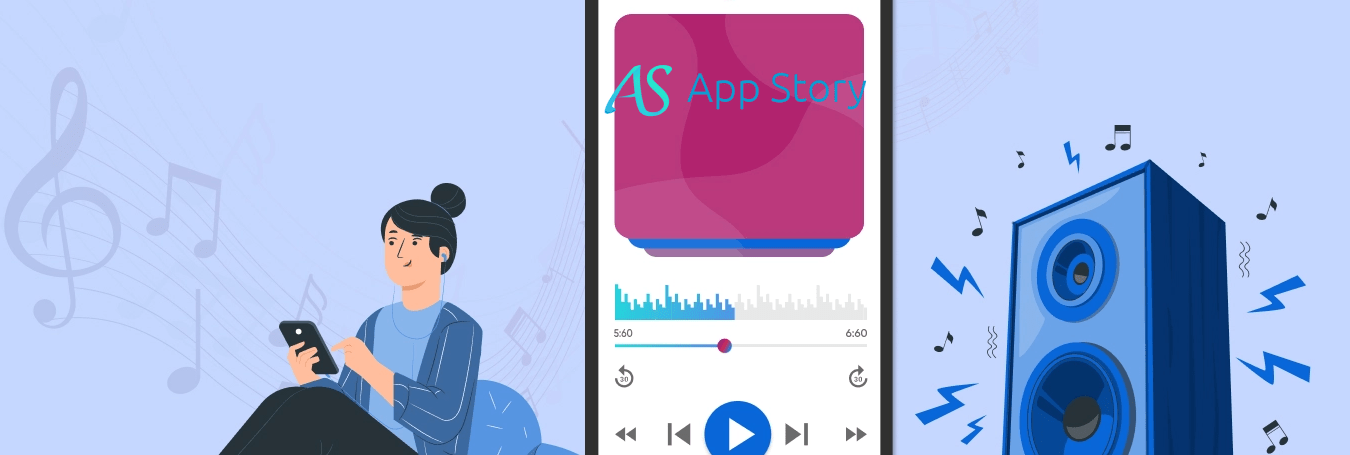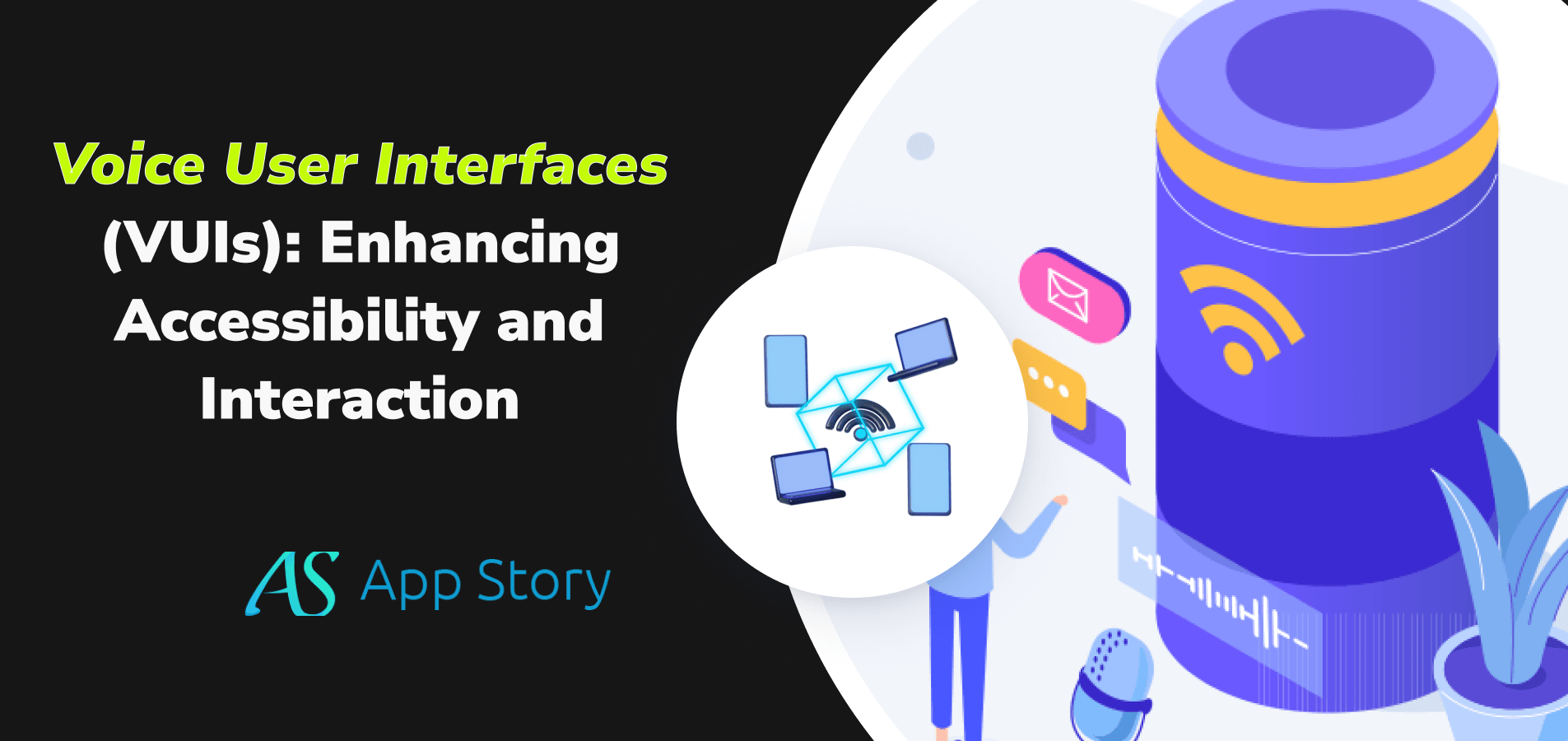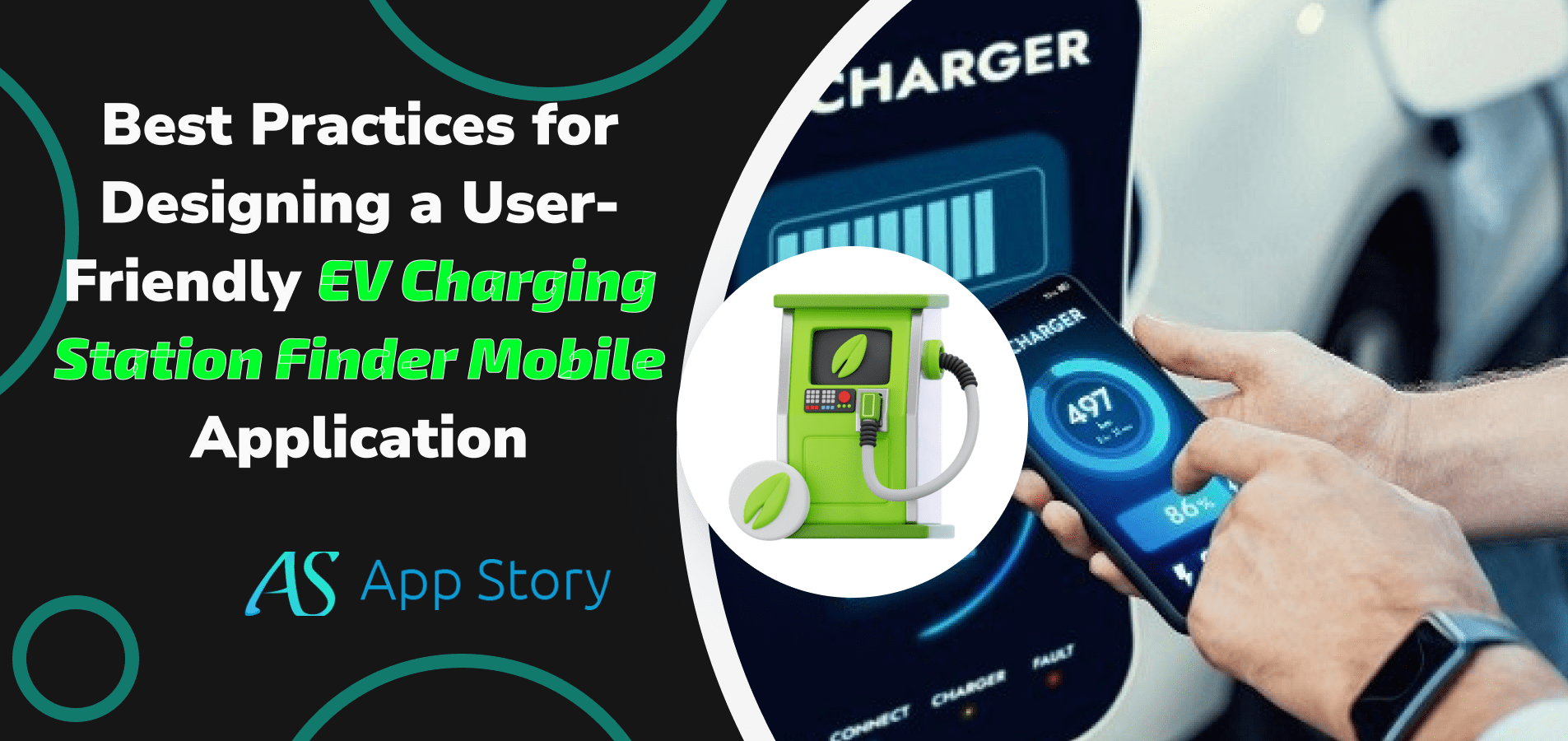The digital age has transformed how we experience music. Gone are the days of bulky record players and limited radio stations. Today, streaming services like Pandora reign supreme, offering on-demand access to vast music libraries and personalized listening experiences. But what if you could create your music haven, a platform that curates playlists and fosters music discovery like Pandora?
In this comprehensive guide, we’ll delve into the intricate process of developing a Pandora-like app from scratch. From understanding the essential features to navigating the complexities of backend infrastructure, we’ll provide you with a step-by-step roadmap to bring your music streaming vision to life
Why is Pandora Successful
Pandora’s success lies in its unique approach to music streaming. Unlike some competitors that prioritize on-demand listening, Pandora focuses on curated radio stations. These stations, built around a chosen genre, artist, or song, act as springboards for musical exploration. Pandora’s magic lies in its ability to leverage user preferences to suggest new and exciting tracks that align with individual tastes. This is achieved through two key features:
- The Power of Feedback: Pandora’s intuitive thumbs-up/down system allows users to express their preferences on individual songs. This valuable feedback loop fuels the app’s recommendation engine, constantly refining suggestions and tailoring the listening experience for each user.
- A Deep Understanding of Music: While user feedback is crucial, Pandora goes a step further. The Music Genome Project, a massive undertaking launched in 1999, involved music experts manually analyzing songs based on over 400 unique characteristics, including rhythm, harmony, instrumentation, and lyrical themes. This meticulous classification system forms the foundation of Pandora’s recommendation engine, allowing it to connect users with songs that share similar musical DNA beyond just genre or artist names.

Building Your Music Pandora-Like App: A Step-by-Step Guide
Developing a music app like Pandora requires a well-defined plan and a commitment to user experience. Here’s a breakdown of the crucial stages involved, drawing inspiration from Pandora’s development journey to help you respond to the question of how to make music app and make it successful like Pandora:
Market Research and Competitive Analysis
The initial step involves a thorough examination of the music app landscape. Identify your key competitors and analyze their strengths and weaknesses. Explore popular features, user reviews, and emerging trends. This research will provide valuable insights to help you differentiate your app and cater to unmet user needs.
Target Audience and Geographic Considerations
Defining your target audience is paramount. Are you focusing on music enthusiasts seeking genre exploration, casual listeners looking for curated playlists, or a combination of both? Understanding your demographic will shape the features and functionalities you prioritize. Additionally, determine the geographic regions you plan to launch your app in. Licensing restrictions and user preferences can vary significantly across different territories.
Music Licensing
Music licensing is a crucial yet complex aspect of music app development. Negotiate licensing agreements with music rights holders to ensure the legal distribution of music content within your app. The scope of these agreements will depend on your target regions and the music library you wish to offer.
Minimum Viable Product (MVP)
The Minimum Viable Product (MVP) refers to the initial version of your app that will be released to early users. The MVP should focus on core functionalities like creating personalized radio stations, a user-friendly rating system for music feedback, and seamless music playback. Prioritize a user-centric design that is intuitive and easy to navigate.
Assembling Your Development Team
Building a successful music app requires the expertise of a talented team. Recruit developers with experience in mobile app development and expertise in audio streaming technologies. Seek out designers who can create a visually appealing and user-friendly interface. Don’t forget the importance of a project manager who can keep the development process on track and ensure clear communication across all teams.
Generally, the average music app development team consists of:
- Project manager
- Business Analyst
- Solution Architect
- Developers (Back-end, Front-end)
- UI/UX designer
- QA engineer
- DevOps
This list may be extended based on your specific demand and solution scale.

Cost Considerations
Developing a music app requires a significant financial investment. Create a realistic budget that factors in development costs, including programming, design, and server maintenance fees. Licensing music content will also be a major expense. Don’t forget to account for marketing and ongoing app support costs.
This includes expenses for:
- Programming
- Design
- Server maintenance
- Music content licensing
- Marketing
- Ongoing app support
Considering all the factors, the average cost to develop a music streaming Pandora-like app typically ranges from $100,000 to $500,000+.
Development Phase
With your team assembled and the budget in place, the development phase commences. Utilize agile development methodologies that prioritize continuous improvement and user feedback. Regular communication between your team and stakeholders is essential to ensure the app aligns with your vision.
What are the necessary Pandora app features?
When crafting an app similar to Pandora, it’s crucial to incorporate specific features to ensure its functionality aligns with user expectations. Here’s a breakdown of these essential elements:
- Registration: Allow users to create accounts for accessing app features. Choose from login options like email, phone number, or social media integration.
- Playlists: Provide users with the ability to create playlists, termed as radios in Pandora, to organize their favorite songs for personalized listening experiences.
- Search Engine: Integrate a search engine to facilitate music discovery. Even if it doesn’t yield exact matches, categorizing songs for user recommendations enhances the overall user experience.
- Social Sharing: Enable social sharing functionality to empower users to share their favourite music with friends. This feature not only promotes the app but also fosters user engagement.
- Likes/Dislikes: Implement a feature allowing users to express their preferences by liking or disliking songs. This valuable feedback helps the system tailor recommendations to individual user tastes.
- Music Streaming: Enable seamless music streaming within the app, allowing users to listen to their favorite songs without interruptions.
- In-App Purchases: Consider offering in-app purchases to allow users to buy songs directly through the app. While optional, this feature can serve as an additional revenue stream for your app.
Incorporating these essential features ensures the creation of a robust music app similar to Pandora, catering to the diverse needs and preferences of users.
Understanding User Preferences
Just like Pandora, the success of your music app hinges on user experience. Here’s what sets Pandora apart and how you can incorporate similar features:
- Discovery-driven playlists: Unlike some competitors, Pandora focuses on helping users explore new artists and genres. This can be a valuable feature for music lovers seeking to broaden their horizons. Consider incorporating genre stations and artist-based stations as foundational elements within your app.
- Thumbs up/down feedback loop: By letting users express their preferences through likes and dislikes, the app continuously learns and refines its recommendations. Integrate a user-friendly rating system that allows users to provide feedback on suggested tracks. This will fuel your recommendation engine and personalize the music journey for each user.
A well-crafted marketing strategy is crucial for app success. Develop targeted campaigns for each geographic region
Conclusion
Developing a music app akin to Pandora requires careful planning and strategic decision-making. From understanding user preferences to navigating licensing agreements and technical complexities, the process demands meticulous attention to detail and a dedicated team of professionals. Despite the significant investment involved, the potential to deliver a personalized and engaging music streaming experience makes it a worthwhile endeavour for those willing to embark on this exciting journey into the world of digital music.





 United States
United States United Kingdom
United Kingdom India
India Canada
Canada Singapore
Singapore



































